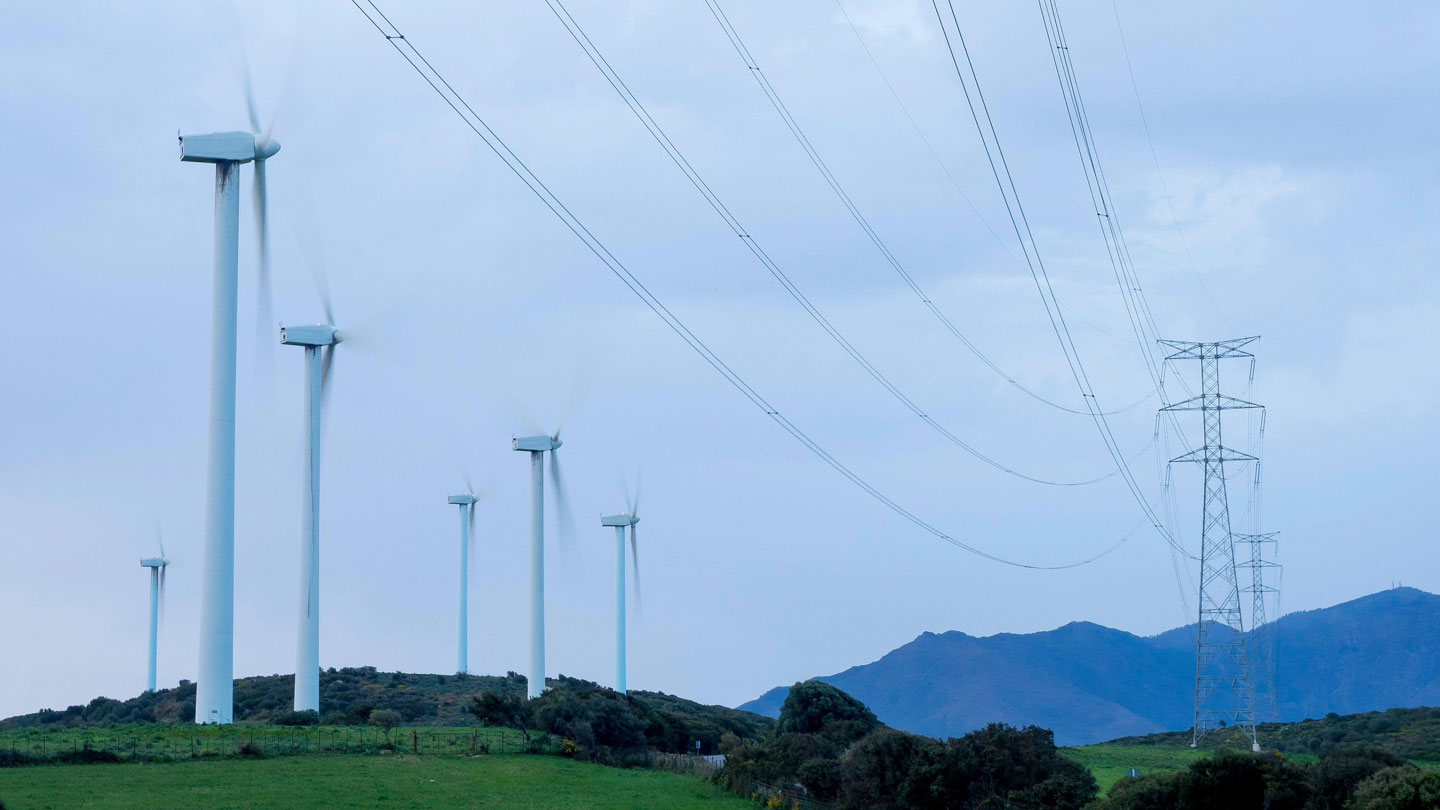Coal-fired power plants are being shut down across the United States, from Colorado to Washington, from Ohio to Pennsylvania. By 2026, the country is expected to retire half of its coal-generated electricity capacity. This rapid decline from coal’s peak in 2011 is a significant step towards clean energy and combating climate change.
An electrical grid is a complex network that includes power-producing systems like nuclear power plants and wind turbines, as well as power-storing and transmitting systems like batteries and transmission lines. The grid can experience disruptions for various reasons, such as a fallen tree on a power line or an overloaded system during a heatwave. In the United States, electricity flows through the grid at a standard frequency of 60 hertz. This frequency can change if demand exceeds supply or if a large generator goes offline. Even a minor interruption in this 60-hertz frequency can have ripple effects that the grid struggles to recover from.
Large power plants are designed to enhance the grid’s resilience to these ripple effects. The spinning generators in these plants provide inertia, buying time in the event of an unexpected power outage. They also continuously adjust their power output based on the grid’s frequency to maintain stability. However, a power grid that incorporates significant amounts of renewable energy, such as wind turbines and solar panels, operates differently. It relies on inverters to convert the direct current (DC) electricity produced by renewable facilities into alternating current (AC) electricity for the grid. Renewable energy systems with inverters do not behave like traditional power plants. Patricia Hidalgo-Gonzalez, an electrical engineer at the University of California, San Diego, explains, “We’re dealing with a completely different physical system.”
To ensure grid stability as large power plants are retired and renewable energy becomes a larger part of the U.S. electricity generation, researchers are exploring the use of grid-forming inverters. These specialized inverters, ranging in size from smaller than a microwave to as big as a shipping container, are programmed to work at the interface between power-producing or storing devices (such as wind turbines, solar panels, and batteries) and the grid. Crucially, they can control the flow of renewable energy into the grid quickly and responsively, mimicking the control provided by large power plants.
2023-08-24 08:11:11
Post from www.sciencenews.org
